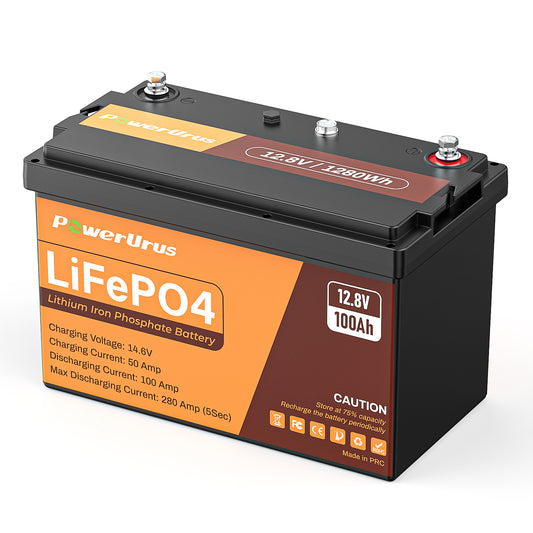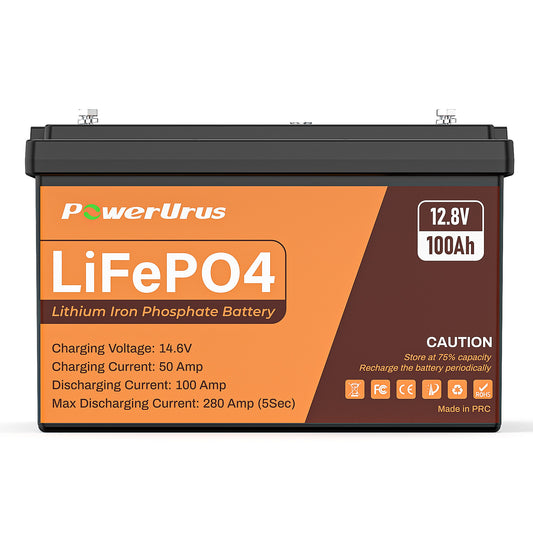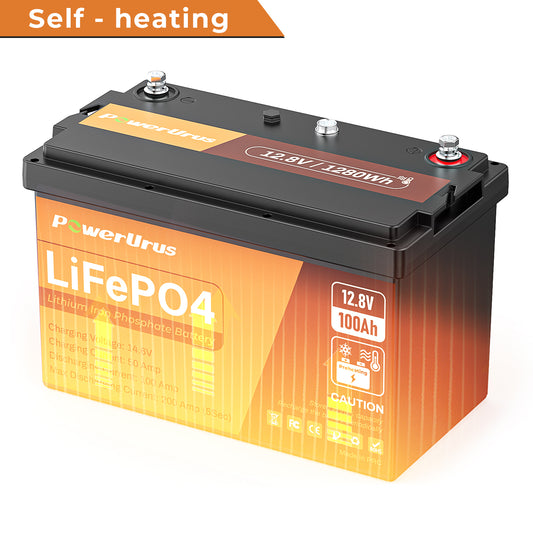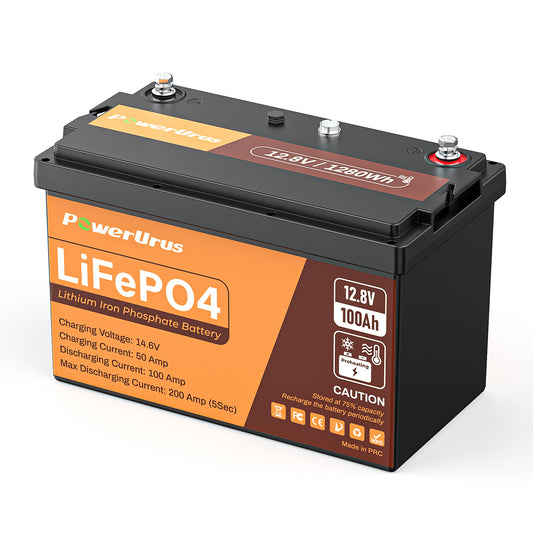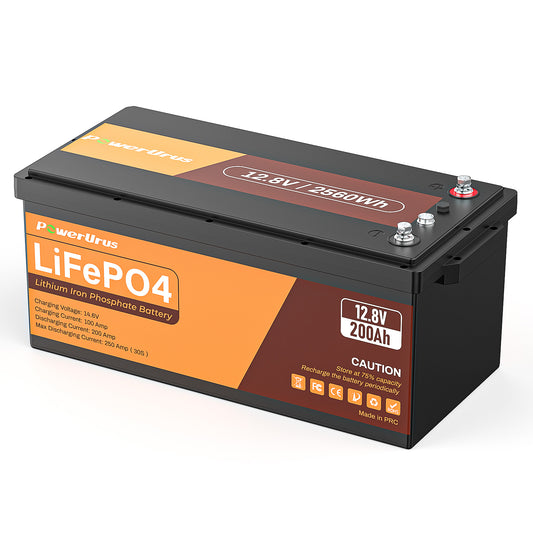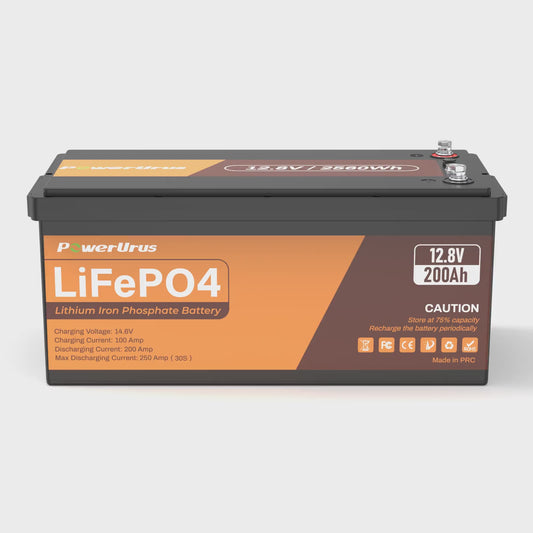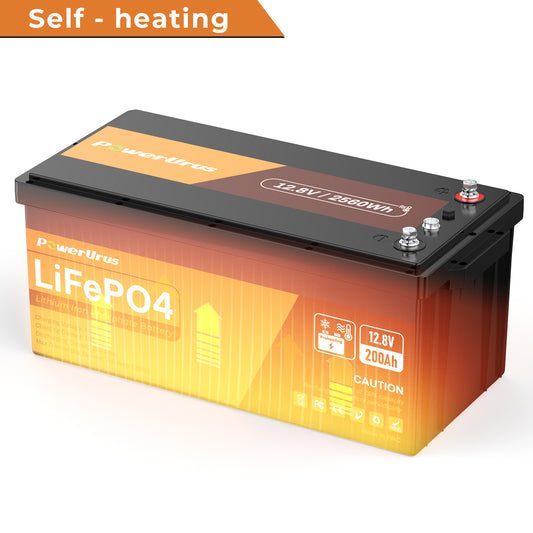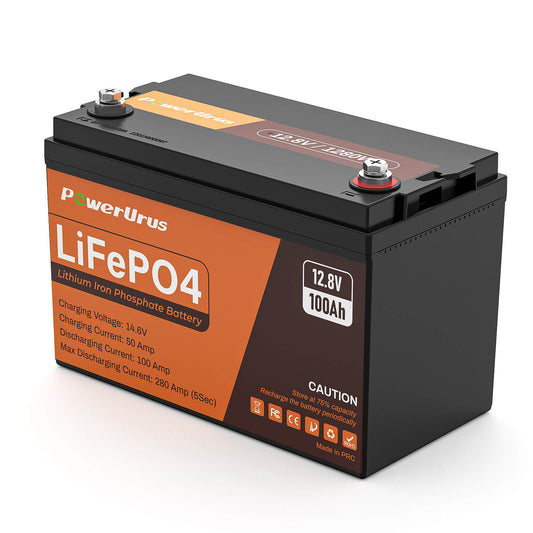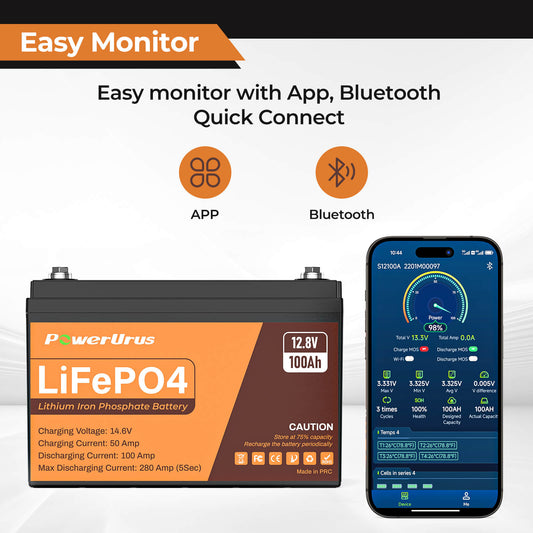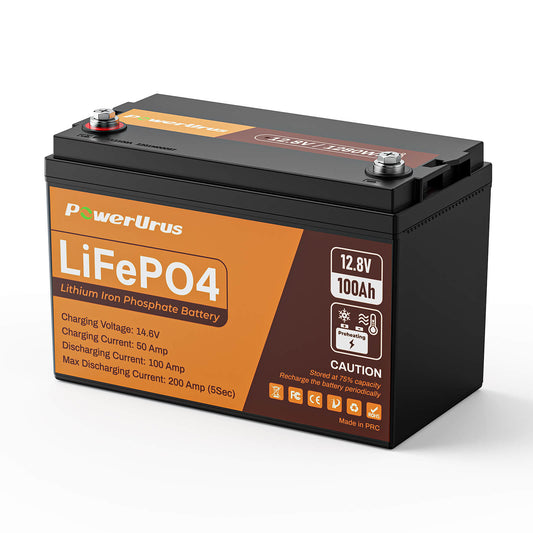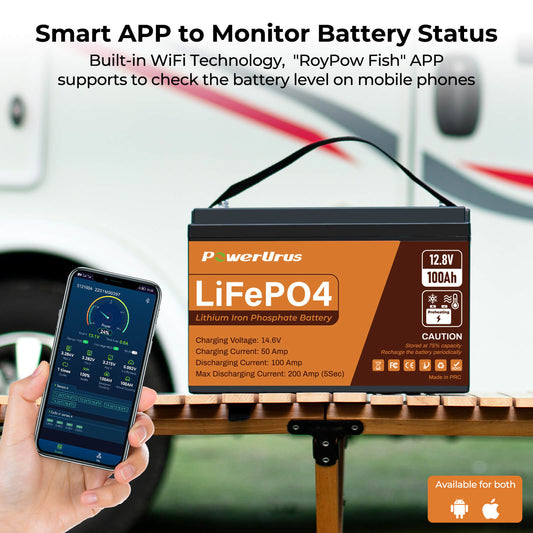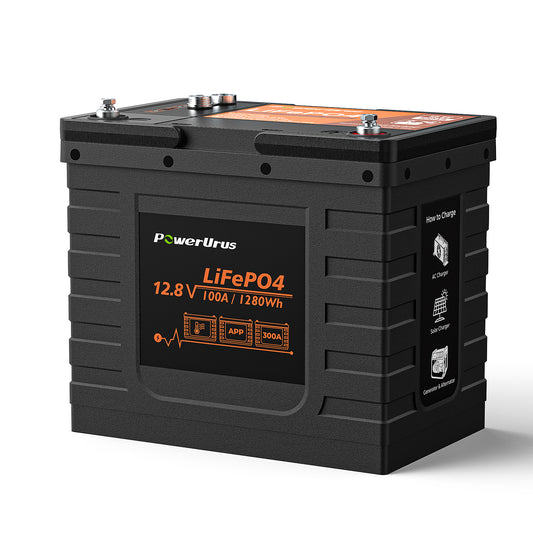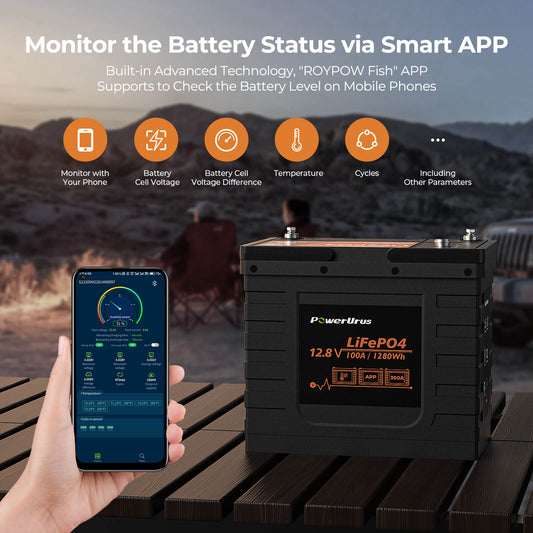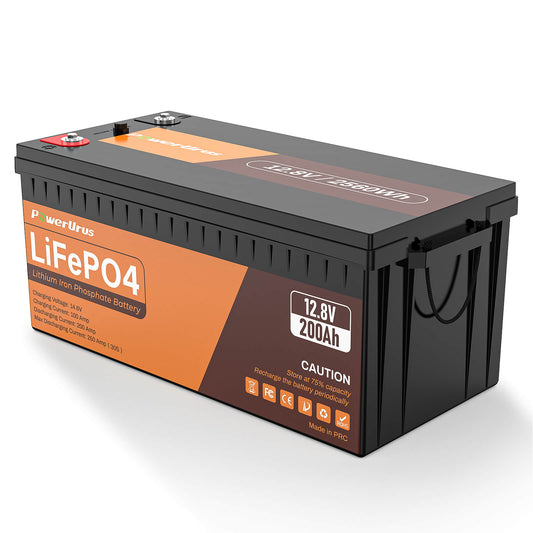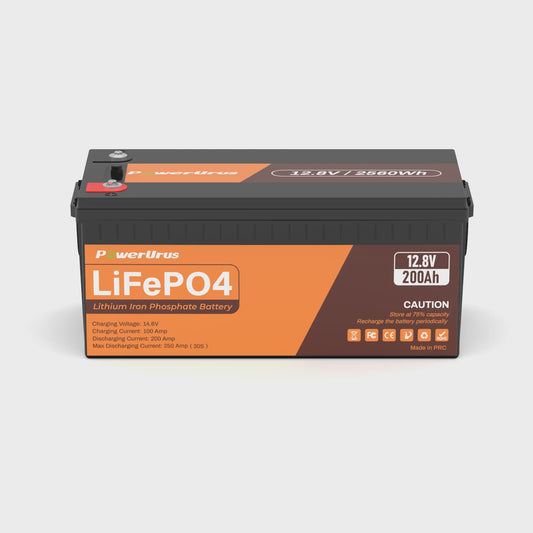Which is Better, LiFePO4 or Lithium Battery?
When discussing lithium batteries, it's essential to clarify that "lithium battery" is a broad term encompassing various chemistries, including Lithium Iron Phosphate (LiFePO4), Lithium Cobalt Oxide (LCO), Lithium Nickel Manganese Cobalt (NMC), and others. Each chemistry has its own unique characteristics, strengths, and weaknesses. This article will compare LiFePO4 batteries with other lithium battery types to help you determine which option might be better suited for your specific needs.
Safety and Thermal Stability
One of the most significant advantages of LiFePO4 batteries is their safety profile. LiFePO4 chemistry exhibits excellent thermal stability, making it less prone to overheating and thermal runaway, which can lead to fires or explosions in other lithium-ion chemistries. This safety feature makes LiFePO4 a preferred choice for applications where safety is paramount, such as electric vehicles, energy storage systems, and portable power supplies.
In contrast, other lithium batteries, such as lithium cobalt oxide (LCO), have a higher risk of thermal runaway, especially when subjected to high temperatures or physical damage. Therefore, if safety is your primary concern, LiFePO4 batteries are often the better choice.
Energy Density
While LiFePO4 batteries excel in safety and longevity, they typically have a lower energy density compared to other lithium-ion batteries. Energy density refers to the amount of energy stored per unit of weight or volume. LiFePO4 batteries generally offer around 90-120 Wh/kg, while lithium cobalt oxide batteries can reach up to 200 Wh/kg or more.
This lower energy density means that LiFePO4 batteries may be bulkier and heavier for the same energy capacity, making them less suitable for applications where weight and space are critical—such as in smartphones, laptops, or drones. In these cases, other lithium batteries with higher energy densities might be more advantageous.
Cycle Life and Longevity
LiFePO4 batteries are known for their long cycle life, often exceeding 2,000 to 5,000 charge cycles with proper care. This longevity makes them an excellent choice for applications requiring frequent cycling, such as renewable energy storage and electric vehicles. Other lithium-ion chemistries, while still offering decent cycle lives, may not match the durability of LiFePO4 batteries.
Moreover, LiFePO4 batteries maintain their performance better over time, with less degradation compared to more conventional lithium-ion batteries, making them a reliable long-term investment.
Charging Characteristics
LiFePO4 batteries have a relatively stable charging profile and can handle higher charge and discharge rates without significant performance loss. This characteristic makes them suitable for applications requiring rapid charging, such as electric vehicles. Other lithium batteries may have stricter charging requirements and may be more sensitive to overcharging, which can shorten their lifespan.
Cost Considerations
Cost is another important factor when comparing LiFePO4 to other lithium batteries. LiFePO4 batteries can be more expensive upfront than traditional lead-acid batteries, but their long lifespan and low maintenance needs often offset the initial investment. In contrast, other lithium batteries may be cheaper initially but could require more frequent replacement, leading to higher long-term costs.
Ultimately, the choice between LiFePO4 and other lithium batteries depends on your specific application and priorities. If safety, longevity, and performance under demanding conditions are your primary concerns, LiFePO4 batteries often come out on top. However, if you require higher energy density for compact devices, other lithium chemistries may be more suitable.
By understanding the strengths and weaknesses of each battery type, you can make an informed decision that aligns with your energy storage needs, ensuring optimal performance and reliability in your applications.

